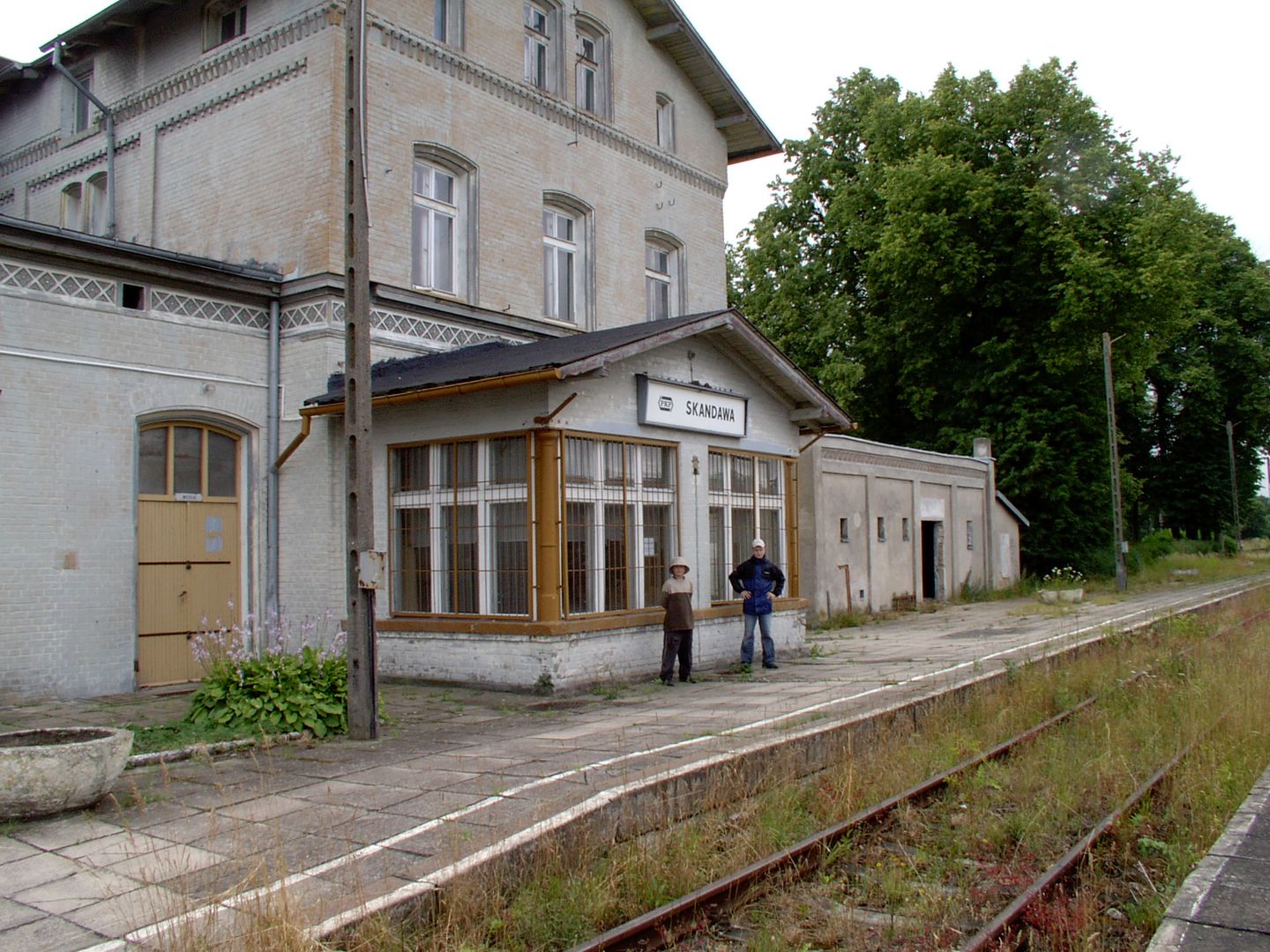Skandawa
6.14

Overview
Skandawa, a village in the Warmian-Masurian Voivodeship, is a locality with a rich history dating back to the 14th century. Its name originates from Prussian settlement, and the first mentions are associated with land grants by the Teutonic Knights. In the 19th century, the estate in Skandawa became the property of the von Dönhoff family, and during the reign of Countess Zofia von Schwerin, a neoclassical palace designed by architect Karl Schinkel was built between 1826 and 1828, surrounded by a landscape park. Unfortunately, in 1945, the palace was burned down, and its remains, along with remnants of the park layout, are a testament to its former glory. Skandawa also preserves architectural treasures, such as a historic inn with arcades, a replica of which can be found at the Museum of Folk Architecture in Olsztynek, as well as remains of farmsteads and stables. Today, the village functions as a sołectwo (administrative village unit), and within its boundaries lies a railway station, although passenger traffic has been discontinued. After World War II, Skandawa became the seat of the municipality, and its past is closely tied to dynamic administrative and economic changes. In the 1980s, a new church dedicated to St. Adalbert was erected, which now forms part of the parish in Momajny. Interestingly, the village was noted as a strategic location, particularly in the context of railway routes. Although many former buildings have survived only as ruins over time, Skandawa continues to attract attention with its cultural and architectural heritage.
Location
2025 Wizytor | All Rights Reserved